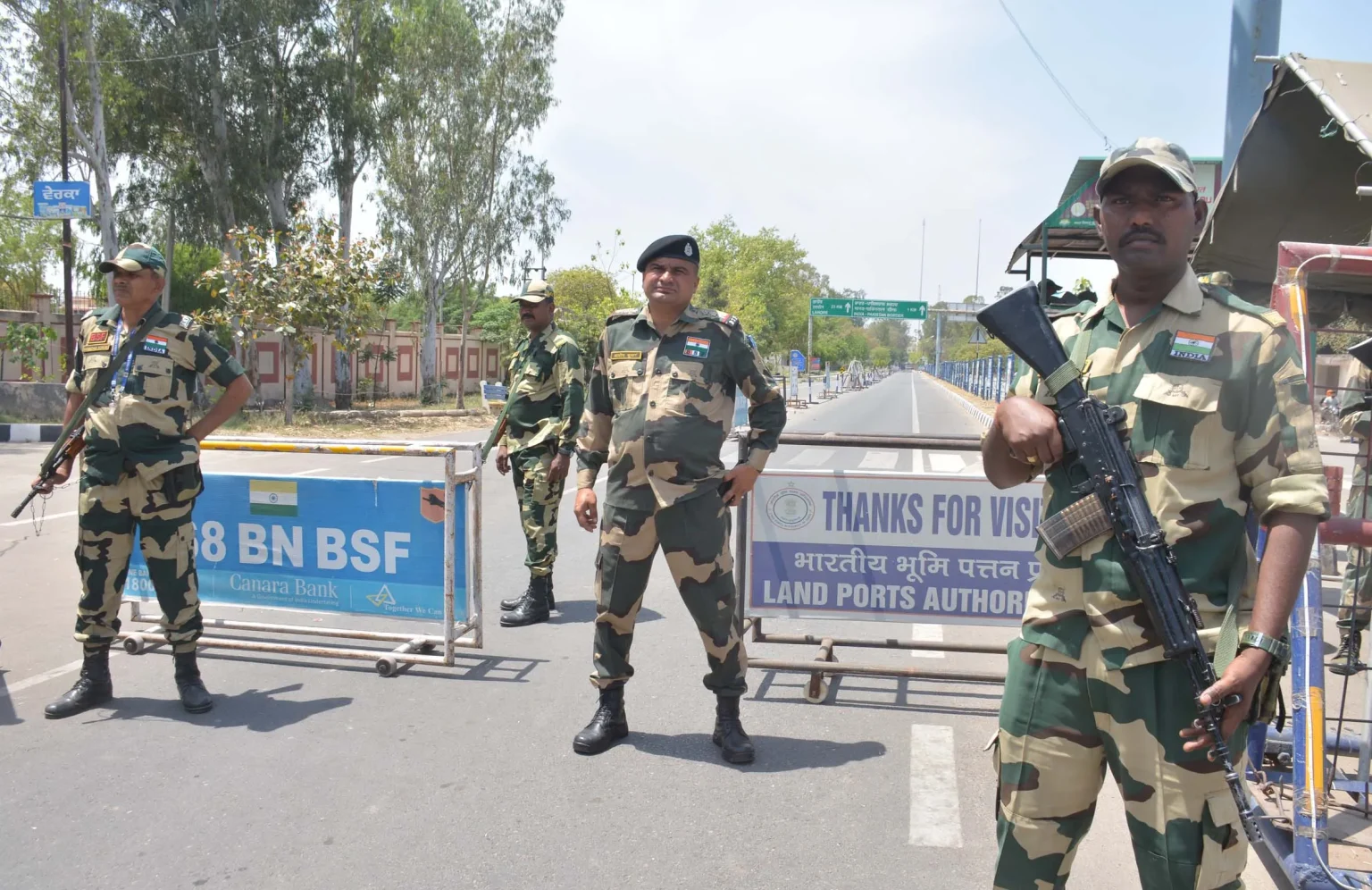The India-Pakistan conflict is one of the most enduring and complex geopolitical disputes in modern history. Born from the ashes of colonial rule, the relationship between these two South Asian neighbors has been marred by war, political hostility, and unresolved territorial disputes. Understanding this conflict requires examining its historical roots, key flashpoints, current status, and global implications. Whether you’re a student, policymaker, or curious reader, this article will provide a clear, well-structured analysis of the India-Pakistan conflict with a focus on relevance, clarity, and SEO-friendly content.
Historical Background of the India-Pakistan Conflict
The conflict dates back to 1947 when British India was partitioned into two independent dominions: India and Pakistan. The partition was accompanied by massive communal violence and one of the largest human migrations in history. From the very beginning, tensions were high, primarily due to territorial claims over the princely state of Jammu and Kashmir.
Key historical events include:
-
1947-1948 War: The first Indo-Pak war erupted after Pakistan-supported tribal forces invaded Kashmir. It ended with a United Nations-mediated ceasefire and the establishment of the Line of Control, leaving Kashmir divided.
-
1965 War: Triggered by Pakistani infiltration into Indian-administered Kashmir, this war resulted in a stalemate but significantly heightened hostilities.
-
1971 War: This conflict led to the creation of Bangladesh and dealt a severe blow to Pakistan’s military and political structure.
-
Kargil Conflict (1999): Pakistani soldiers and militants occupied strategic heights in the Kargil sector of Kashmir. India launched a successful military campaign to reclaim the territory.
Main Issues Fueling the Conflict
Several deep-rooted issues continue to prevent peaceful relations between India and Pakistan. These include:
-
Kashmir Dispute: At the core of the conflict is the territorial dispute over Jammu and Kashmir. India controls about two-thirds of the region, while Pakistan controls the remaining third. Both countries claim it in full.
-
Terrorism: India accuses Pakistan of supporting cross-border terrorism. High-profile attacks like the 2001 Indian Parliament attack and the 2008 Mumbai attacks have further strained relations.
-
Water Sharing Disputes: The Indus Waters Treaty has been a point of contention, with both nations accusing each other of violating the agreement.
-
Military Buildup: Both nations have developed significant nuclear arsenals, making any military confrontation a global concern.
Current State of India-Pakistan Relations
While overt wars have not occurred since Kargil, tensions remain high. Diplomatic relations have often been downgraded or severed, especially following terror attacks or border skirmishes. Efforts at dialogue have been sporadic and mostly unfruitful. Several confidence-building measures have been attempted, but mutual distrust hampers progress.
Recent developments include:
-
Revocation of Article 370 by India in 2019, which changed the constitutional status of Jammu and Kashmir
-
Border ceasefire agreements being tested by periodic violations
-
Limited people-to-people contact due to visa restrictions and security concerns
Impact on the Region and Beyond
The India-Pakistan conflict has significant implications not only for South Asia but also for global peace and security. Some key impacts include:
-
Economic Loss: Continuous military spending and reduced regional cooperation hamper economic growth
-
Human Cost: Lives lost in wars, skirmishes, and terrorism have deeply scarred communities on both sides
-
Nuclear Threat: The presence of nuclear weapons adds a dangerous dimension to the conflict
-
International Relations: The conflict complicates relations with global powers like the United States, China, and Russia, each having strategic interests in the region
Efforts Toward Peace
Despite the persistent hostility, there have been multiple peace initiatives:
-
Track-II Diplomacy: Involves informal dialogues between retired diplomats, military officers, and academics
-
Bilateral Talks: Though inconsistent, high-level meetings have taken place at various points
-
Third-Party Mediation: While India insists on bilateral resolution, Pakistan has often sought international mediation
Steps That Could Help Ease Tensions
To move toward peace, both nations could consider:
-
Reviving Dialogue: Regular diplomatic engagement to address contentious issues
-
Counterterrorism Cooperation: Joint efforts to combat terrorism can build trust
-
People-to-People Exchange: Promoting tourism, trade, and cultural ties
-
Media Responsibility: Avoiding sensationalism that inflames public sentiment
FAQs on the India-Pakistan Conflict
What is the main reason for the India-Pakistan conflict?
The core issue is the territorial dispute over Jammu and Kashmir, coupled with mutual distrust and recurring violence.
Have India and Pakistan ever tried to resolve their issues peacefully?
Yes, several attempts at dialogue and agreements have been made, but none have led to lasting peace due to frequent disruptions.
Do both countries have nuclear weapons?
Yes, both India and Pakistan possess nuclear arsenals, which makes the conflict particularly dangerous.
What role does the international community play?
Global powers often urge restraint and support peace initiatives but generally avoid direct involvement, respecting India’s stance on bilateralism.
How does the conflict affect ordinary people?
It leads to loss of life, displacement, limited cross-border travel, economic challenges, and psychological stress among affected populations.
Conclusion
The India-Pakistan conflict remains one of the most pressing and sensitive issues in South Asia. With historical grievances, unresolved territorial disputes, and the shadow of nuclear confrontation, the road to peace is undoubtedly challenging. However, sustained dialogue, mutual respect, and international support can pave the way for a more stable and prosperous region. For those interested in global peace and regional cooperation, understanding and engaging with this conflict is both necessary and urgent. Keep exploring, stay informed, and advocate for peace wherever possible.





